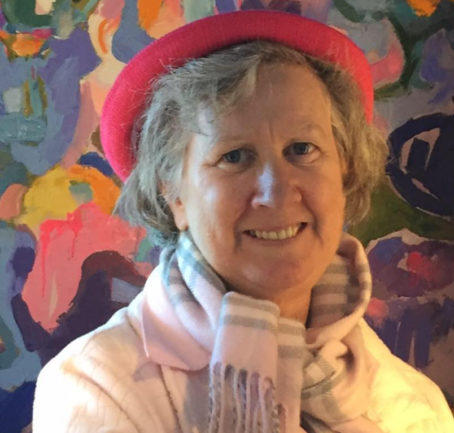In January the State Government launched its Central Coast Strategy with seven priorities.
This story concentrates on priorities one and three.
Priority one of the Strategy is to drive innovation and industry collaboration while priority three is about activating a university campus in a revitalised Gosford CBD
The Greater Cities Commission’s job is to facilitate the delivery of key infrastructure as part of the strategy, which in turn is part of the Six Cities vision.
In May 2021, the State Government announced the old Mitre 10 site in Gosford would become a university.
In April 2022, it announced Newcastle University was its preferred partner and it received an $18m grant from the federal government and a time period of five years was given before it would be open for operation.
The proposal is still with the State Planning Department and the EIS (Environmental Impact Statement) is being prepared. It will have another six steps to go through once the EIS is ready for public exhibition.
The strategy says the new uni or “The Central Coast Education and Employment Precinct,” will form the foundation of the “Central Coast Innovation District”.
And this district will transform the northern sector of Gosford into a new learning and business hub with the university as a centrepiece.
“Its proximity to Gosford public and private hospitals creates opportunities for shared research and education in health services and medicine,” the strategy says.
“It would activate renewal of this northern CBD area with improved pedestrian and cycle access, student accommodation, new retail and office uses as well as bars and restaurants all underpinned by high quality physical and digital infrastructure.
“It could be a beacon to innovators, entrepreneurs and start-ups in medical research, health, training and aged care services, digital communication, cyber security and data science.”
.
According to the strategy, the uni precinct would be “offering a highly attractive Central Coast lifestyle for students and employees with nearby rail services linking to Sydney and Newcastle”.
“The university at its core would increase education participation rates for the Central Coast, reduce youth unemployment by providing new pathways for education and training and generate job-ready graduates, especially in health and medical services,” the strategy says.
“In the food innovation space, there is potential to attract international organisations similar to Sanitarium, Mars and McCain that are already located in the Central Coast.
“The completion of NorthConnex and development of a 24-hour international airport in Western Sydney will create capacity to expand industries such as food technology, advanced manufacturing, freight logistics and supply chains.”
At the other end of Mann St, the still-only-as-yet proposed new TAFE NSW campus will offer future courses in food processing, advanced manufacturing, 3D printing, CNC engineering, digital supply chain management.
The strategy calls the site, formerly the Council chambers and surrounding land along Mann St, a “future potential site”.
The State Government has not yet bought the land from Central Coast Council as yet.
Despite that, this new TAFE campus is going to meet the future job needs of the region, supporting the delivery of VET education aligned with industry and employer expectations, according to the strategy.
The TAFE will activate and enrich the Gosford CBD too, says the strategy.
The actions to take place this financial year as part of priorities one and three are:
# Prepare business case for the relocation of TAFE to Mann Street;
# Investigate partnerships between schools, industry, VET sector providers, including TAFE NSW and the University; and
# Coordinate delivery of developments within the education and health precincts.
# Develop innovation skills and a commercialisation program to support food tech start-ups.
# Develop Central Coast and Six Cities innovation ecosystem program.
# Progress Central Coast innovation district vision and investment attraction and, starting next financial year:
# Develop a plan for improving amenity, vibrancy and inclusion for the innovation district.
So that’s priority one and three.
To sum up: get the uni and TAFE operating and collaborating with business.
Priority two is all about unlocking employment land and accelerating employment precincts. See story here: https://www.cccouncilwatch.com.au/northern-part-of-the-coast-could-home-900-businesses/


